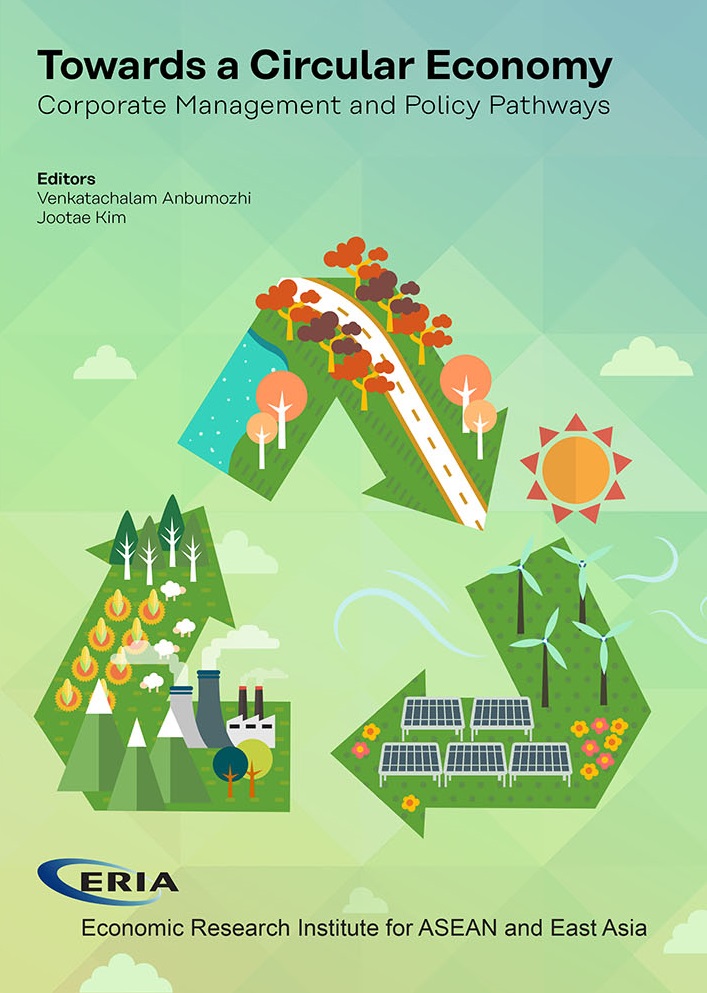Towards a Circular Economy: Corporate Management and Policy Pathways

Print Article:
The transition to a circular economy is a unique opportunity for fast-growing Asian economies to be resource efficient, competitive, and innovative. The circular economy aims to eradicate wasteful use of raw materials and energy from the manufacturing process as well as systematically throughout the various life cycles, and to reuse the by-products. By creating an enabling policy framework for circular economy, government can also motivate corporate leaders to achieve greater benefits for sustainable development. This book investigates the challenges and opportunities of how countries and corporations are able to strike a better balance between economic growth and resource efficiency stewardship in the context of the emerging paradigm on circular economy policy. Through analysis of a number of case studies, this book also highlights immediate and relatively easy-to-implement circular thinking based on current policy approaches and market trends.
Full Report
Contents
Chapter 1. Introduction - Business and Policy Rationale for Circular Economy in ASEAN and East Asia
Part I: Economic Approaches to Circular Economy
Chapter 2. Circular Economy Potential and Public-Private Partnership Models in Japan
Chapter 3. Bridgestone's View on Circular Economy
Chapter 4. The ANA Group's Circular and Environment Strategy
Chapter 5. Circular Economy Policies and Strategies of Germany
Part II: Institutional Approaches to Circular Economy
Chapter 7. Circular Economy Policies in China
Chapter 8. The Datong Coal Mine Group Ltd and Its Tashan Circular Economy Park: A Business Case
Part III: Management Approaches to Circular Economy
Chapter 10. Circular Economy Policy in Korea
Chapter 11. Low-carbon Management of POSCO in Circular Economy: Current Status and Limitations
Chapter 12. Public Private Partnerships and Implications for a Circular Economy in Australia




